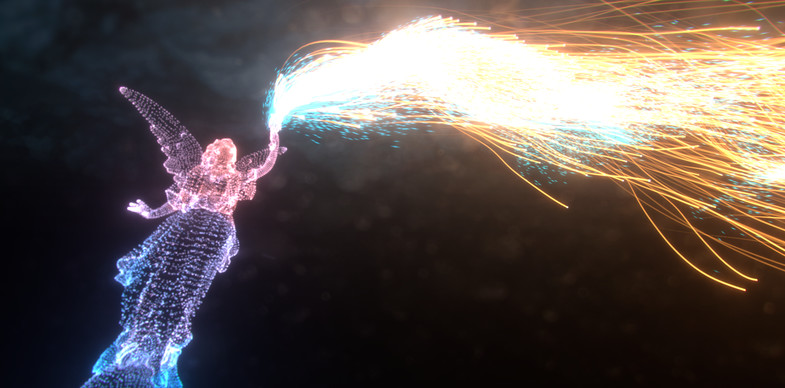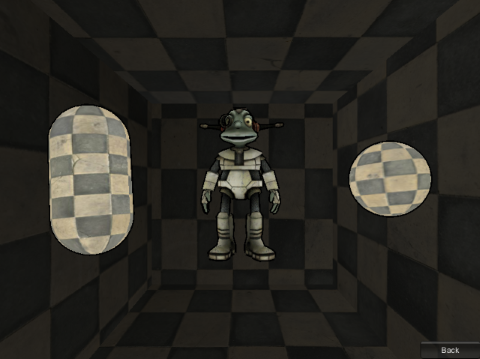
But doctors were still having to find the tumours in one room and treat them, later, in another, using a separate machine. Computed tomography scans were followed by MRI, which offered better soft-tissue definition. Elekta’s Unity uses 160 leaves to create the right aperture.įinding the tumours also became easier as imaging technology developed. MLCs are like camera shutters that use dozens of metal leaves to narrow and shape the beam, sparing as much healthy tissue as possible. Radiation beams went from centimetres to millimetres and were shaped to match tumours with multi-leaf collimators (MLCs). Over time, both have evolved to become more precise. Radiotherapy and MRI are not new technologies. It also means certain kinds of cancers, such as pancreatic, remain difficult if not impossible to treat with radiation. This means collateral damage – healthy tissue being struck by radiation. The trouble is, human bodies are like jelly inside and tumours move around constantly, even as patients breathe. Traditionally, doctors treating cancer with RT were forced to take MRI scans first, decide on a course of action and then do their best to target tumours. In short, the laws of physics dictate that RT machines and MRIs don’t make good neighbours, never mind room-mates.

And what RT machines can’t stand is super-powerful magnets messing with their electrons.

What MRIs don’t need is a particle accelerator speeding up electrons and smashing them into things. MRI scanners are incredibly sensitive and need absolute silence around them to ‘listen’ to the radio waves. The patterns of shifting protons create radio waves, which in turn create the images doctors use to decide the best possible treatment. MRI scans, meanwhile, rely on powerful magnets to realign and map out protons inside a patient’s body. The device revolves around a patient to spare as much healthy tissue as possible by changing its approach and firing radiation at the same target from different angles. The collision forces the electrons to release energy in the form of light, or X-ray, which is then aimed and fired at tumours. Once the electrons are moving at 97% the speed of light, they smash into an impenetrable sheet of tungsten.
Unity particle playground features full#
This happens inside a wave guide (a tube full of specially designed cavities) that’s 45cm long. To administer the treatment, Unity’s linear accelerator uses microwaves to push electrons towards the speed of light. Radiotherapy, the act of blasting tumours with carefully controlled doses of radiation, is one of the reliable weapons oncologists have at their disposal. “The fact that engineering has overcome all the hurdles to allow us to see a tumour at the time of treatment and respond to it before we deliver radiation is game-changing.” Defying physics

Jennifer Anthony, a former radiographer who now works at Elekta, agrees. He says he has no doubt the technology behind Unity will revolutionise the field. “It’s the most mind-boggling challenge.”Ĭosgrove is the head of radiotherapy physics at Leeds Teaching Hospitals and a senior member of the Institute of Physics and Engineering in Medicine. “It’s the most advanced piece of engineering technology I’ve ever seen,” says Dr Vivian Cosgrove, looking back at 30 years in radiotherapy. Proving it is possible gives doctors the ability to track cancer tumours as they move and to target them with never-before-seen precision.



 0 kommentar(er)
0 kommentar(er)
